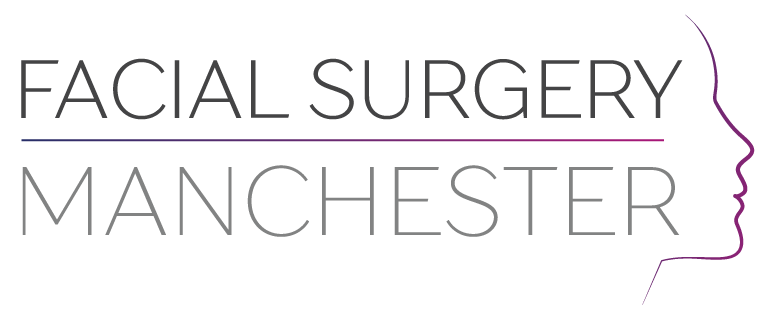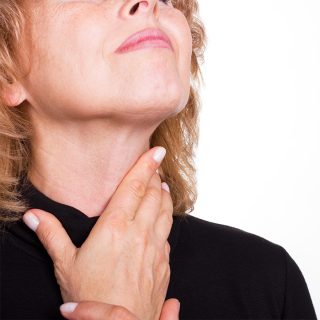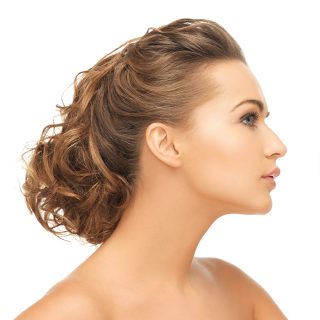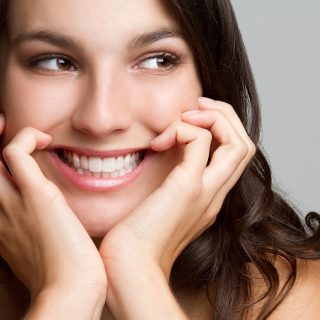Cheek Bones
Flat cheek- bones can be built out by inserting implants over the cheek bones usually through cuts that are made inside the mouth where the cheek joins the upper gum. Again it is important that your facial surgeon is trained and experienced in assessing your face as to whether cheek bone augmentation is indeed the best option, rather than surgical movements of the cheek bones / upper jaw / both jaws to gain the best facial balance.
If your informed choice is implants, those which Mr Blackburn prefers to use are purpose-made and shaped from either silicone or medical polyethylene and have been widely used in craniofacial surgery for many years. For most patients, pre-shaped, sterile packaged variable sized implants are well-suited and can be adjusted to fit well to the individual patient’s bone. They may be retained in place with titanium screws or long lasting sutures (stitches).
For rare complex patients – for example in cases with asymmetry – it can be appropriate and possible to have custom-fit implants individually made based on an acrylic model of your own facial skeleton made from a 3D computer tomographic scan of your face. These cost ~£2000 for a CT scan, 3D model, custom implant construction with a lead time of about 12-14 weeks.
Sometimes it is necessary to use a bone graft in augmentation cases, which may be taken from the back of your lower jaw within the mouth. In some cases it is necessary to use the crest of the hip as a donor site for the bone graft and this would leave a noticeable scar. Commercial particulate bone material is an alternative in some cases an can spare the need for a bone graft harvest site.
Chin and cheekbone operations can usually be done at the same time as other facial cosmetic surgery, such as a face lift (rhytidoplasty) or an operation to reshape the nose (rhinoplasty).



